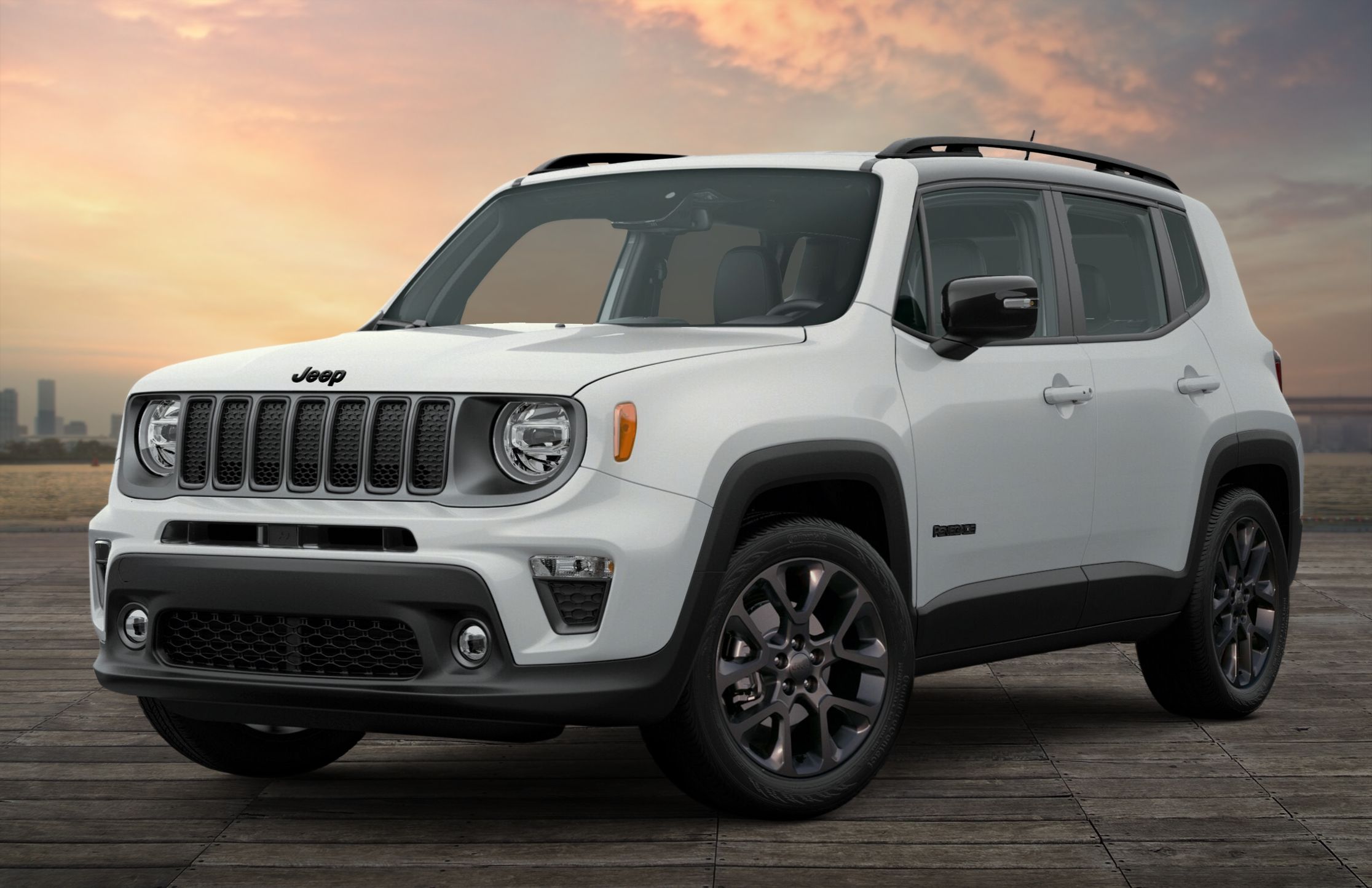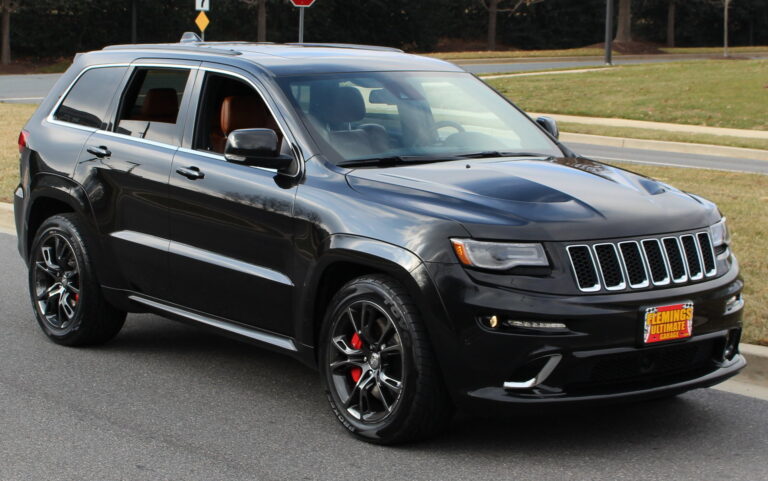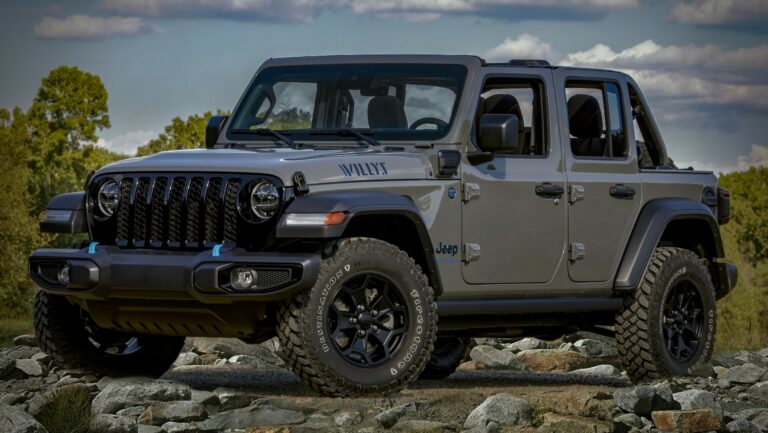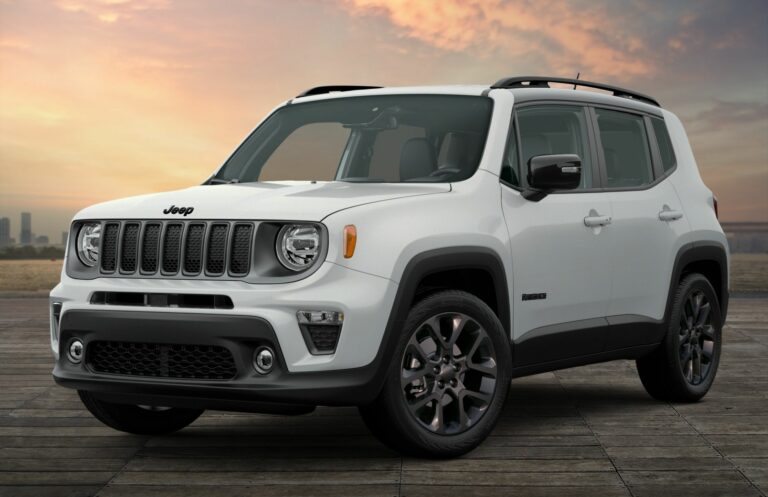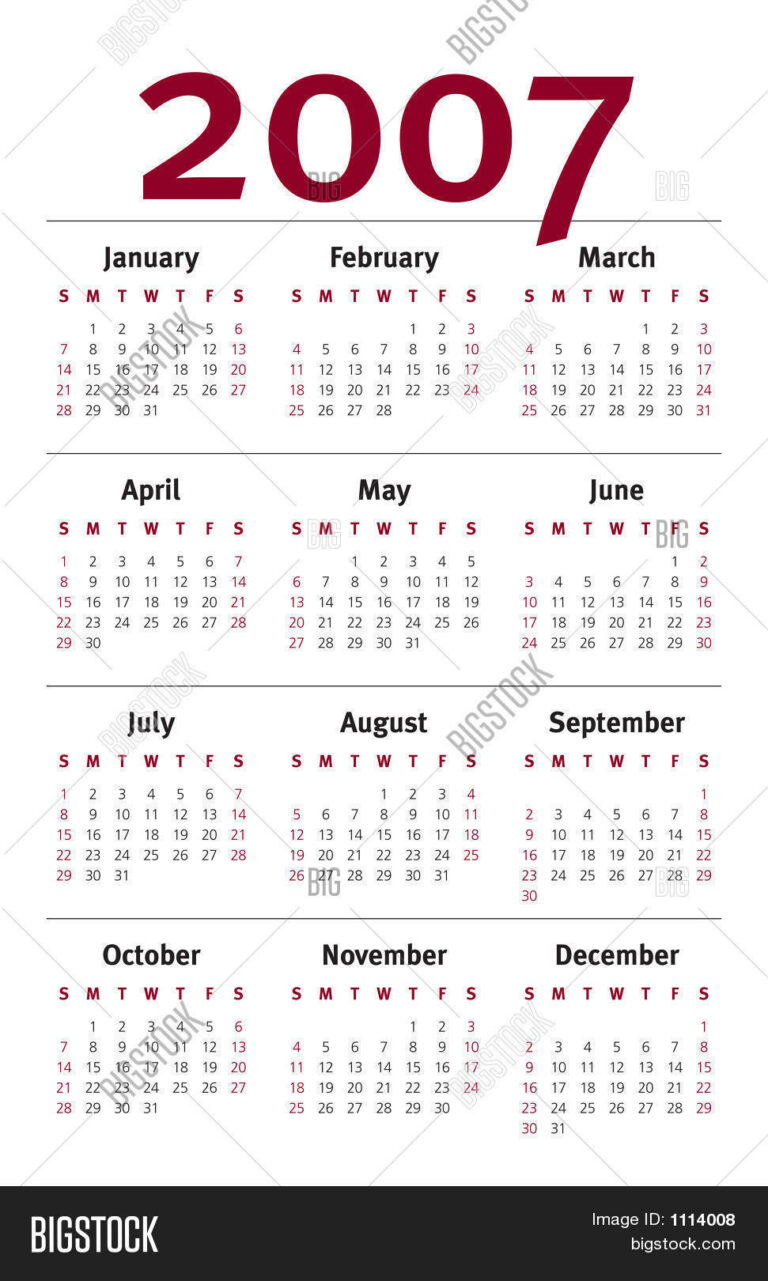Jeep Cherokee For Sale 2001: A Comprehensive Buyer’s Guide
Jeep Cherokee For Sale 2001: A Comprehensive Buyer’s Guide /jeeps.truckstrend.com
Introduction: Discovering the Enduring Appeal of the 2001 Jeep Cherokee
The year 2001 marked the end of an era for one of the most iconic and beloved SUVs ever produced: the Jeep Cherokee XJ. After 17 years of production, the boxy, rugged, and remarkably capable XJ generation took its final bow, leaving behind a legacy of off-road prowess, surprising practicality, and legendary reliability. For many enthusiasts and practical buyers alike, a "Jeep Cherokee For Sale 2001" isn’t just an old vehicle listing; it represents an opportunity to own a piece of automotive history, a testament to straightforward engineering, and a highly customizable platform for adventure.
Jeep Cherokee For Sale 2001: A Comprehensive Buyer’s Guide
In a world increasingly dominated by soft-roading crossovers, the 2001 Jeep Cherokee stands out as a true utility vehicle. Its unibody construction, solid axles, and the venerable 4.0-liter inline-six engine combine to create a machine that is as comfortable on a rocky trail as it is navigating city streets (albeit with less refinement than modern vehicles). This comprehensive guide is designed for anyone considering purchasing a 2001 Jeep Cherokee, offering insights into its features, benefits, potential challenges, and a step-by-step approach to finding the right one. Whether you’re an off-road enthusiast, a classic SUV collector, or simply seeking a durable and affordable daily driver, understanding the nuances of the 2001 Cherokee is key to a satisfying purchase.
The Enduring Legacy of the 2001 Jeep Cherokee XJ
The Jeep Cherokee XJ, first introduced in 1984, revolutionized the SUV market. It was smaller, lighter, and more car-like than its predecessors, yet retained the robust off-road capability that defined the Jeep brand. By 2001, the XJ had undergone numerous refinements, making the final production year a highly sought-after model. It represents the culmination of nearly two decades of incremental improvements, while still retaining the core design and mechanical simplicity that made it so popular.
What makes the 2001 model particularly significant? As the last of its kind, it benefits from the most updated features and often the best build quality of the XJ run, before being replaced by the more rounded (and to some, less characterful) Liberty (KJ). Its distinctive, angular design, often referred to as "boxy," has aged remarkably well, standing in stark contrast to contemporary designs. This classic aesthetic, combined with its proven mechanicals, has cemented the 2001 Cherokee XJ’s status as a modern classic, attracting a dedicated following.
What to Look For: Key Features and Specifications of the 2001 Cherokee
When searching for a Jeep Cherokee For Sale 2001, understanding its core specifications is crucial.
- Engine: The undisputed heart of the 2001 Cherokee is the 4.0-liter AMC Straight-Six (I6) engine. Renowned for its bulletproof reliability, ample low-end torque, and longevity, this engine is a major reason for the XJ’s enduring appeal. With 190 horsepower and 225 lb-ft of torque, it provides more than enough grunt for daily driving and off-road adventures.
- Transmission:
- Automatic: Most 2001 Cherokees were equipped with the AW4 4-speed automatic transmission. This Aisin-Warner unit is highly durable and well-matched to the 4.0L engine.
- Manual: A 5-speed manual transmission (NV3550) was technically available but is exceedingly rare in 2001 models.
- Drivetrain Options: This is where the XJ offers versatility:
- 2WD: Less common, but suitable for those who don’t need 4×4 capability and prioritize slightly better fuel economy.
- Command-Trac (NP231): The most common 4WD system, offering 2WD, 4-Hi (part-time), Neutral, and 4-Lo (part-time). "Part-time" means it’s designed for loose surfaces only.
- Selec-Trac (NP242): A more advanced system offering 2WD, 4-Full Time (for use on any surface, including pavement), 4-Part Time, Neutral, and 4-Lo. This is generally preferred for its versatility.

- Axles: The 2001 Cherokee came standard with a Dana 30 front axle and a Chrysler 8.25" rear axle (or a Dana 35 in some lower trims, which is less desirable for heavy off-roading).
- Trim Levels:
- Sport: The most common and basic trim, still well-equipped with power windows/locks and air conditioning.
- Classic: Offered a slightly more upscale interior and body-colored fender flares.
- Limited: The top-tier trim, featuring leather seats, power amenities, and more refined interior touches.
- Key Features: Depending on the trim, expect features like air conditioning, power windows and locks, cruise control, tilt steering, and an AM/FM CD player. Safety features are rudimentary by modern standards, typically including dual front airbags and anti-lock brakes (optional).

Why Buy a 2001 Jeep Cherokee Today? Pros and Cons
Deciding if a 2001 Jeep Cherokee is right for you involves weighing its significant advantages against its inherent drawbacks.
Pros:
- Legendary Reliability: The 4.0L engine and AW4 transmission are renowned for their durability, often lasting well over 200,000 miles with proper maintenance.
- Exceptional Off-Road Capability: Even stock, the XJ is highly capable. Its short wheelbase, solid axles, and robust 4WD systems make it a formidable off-roader.
- Vast Aftermarket Support: Due to its popularity, there’s an enormous array of aftermarket parts, accessories, and modification options available, making customization easy and affordable.
- Simplicity and DIY-Friendliness: The XJ’s mechanical simplicity makes it a favorite for home mechanics. Parts are generally inexpensive and readily available.
- Affordability: Compared to newer SUVs with similar capabilities, a 2001 Cherokee offers incredible value.
- Classic Aesthetics: Its distinctive, timeless design appeals to those seeking a vehicle with character that stands out from the crowd.
- Strong Community: A large, active, and helpful community of XJ owners exists, offering a wealth of knowledge and support.
Cons:
- Fuel Economy: The 4.0L engine is thirsty, typically delivering 15-20 MPG combined.
- Safety Features: Lacks modern safety advancements like side airbags, stability control, or advanced driver-assistance systems.
- Ride Comfort: The solid axle suspension, while great for off-road, can result in a somewhat stiff and bouncy ride on pavement, especially on rough roads.
- Rust: This is a major concern, particularly in regions that use road salt. Rust can affect rocker panels, floorboards, unibody frame rails, and fenders.
- Dated Interior: The interior design is utilitarian and lacks the creature comforts and high-tech features of modern vehicles.
- Potential for Neglected Maintenance: As an older, affordable vehicle, many XJs may have deferred maintenance. A thorough inspection is crucial.
- Noise and Vibrations: Expect more road noise and vibrations than in a modern vehicle.
The Buying Process: A Step-by-Step Guide for 2001 Cherokee Shoppers
Finding the right 2001 Jeep Cherokee requires patience and a systematic approach.
Step 1: Define Your Needs & Budget
Before you start looking, decide what you need the Cherokee for. Is it a dedicated off-road rig, a part-time adventure vehicle, or a simple daily driver? This will influence the condition you seek and your budget. Factor in potential repair costs, registration, and insurance.
Step 2: Research & Locate
- Online Marketplaces: Craigslist, Facebook Marketplace, eBay Motors, and dedicated Jeep forums (e.g., CherokeeForum.com, NAXJA.org) are excellent places to start.
- Local Dealerships/Used Car Lots: Less likely to find well-preserved examples, but worth a look.
- Word of Mouth: Sometimes the best deals come from private sellers within enthusiast circles.
Step 3: Initial Screening & Communication
Once you find a potential candidate, ask detailed questions before seeing the vehicle:
- Mileage and Maintenance History: Ask for records.
- Rust: Inquire about rust on the body, frame, and floorboards.
- Modifications: Has it been lifted? What kind of modifications? (Some modifications are good, others can indicate hard use or poor installation.)
- Known Issues: Ask about any current mechanical problems, warning lights, or leaks.
- Reason for Selling: This can offer insight into the vehicle’s condition.
Step 4: The Inspection (Crucial!)
This is the most critical step. If possible, bring a knowledgeable friend or mechanic.
- Exterior & Body:
- Rust! Check rocker panels, lower fenders, floorboards (from inside and underneath), frame rails, and around the gas tank. Surface rust is manageable, but structural rust is a deal-breaker.
- Look for uneven panel gaps, mismatched paint, or signs of accident repair.
- Check tires for even wear and tread depth.
- Engine Bay:
- Look for fluid leaks (oil, coolant, power steering).
- Check coolant color (should be clear, not murky or rusty).
- Listen for unusual noises (knocks, ticks, squeals) when starting cold.
- Check the condition of belts and hoses.
- Ensure the "Check Engine" light is not on (or comes on and then goes off with ignition).
- Interior:
- Check for water leaks (damp carpets, musty smell).
- Test all electrical components: windows, locks, A/C (cold!), heater, radio, lights.
- Inspect seats, headliner (prone to sagging), and carpets for wear and tear.
- Underneath:
- Check for excessive rust on suspension components, exhaust, and unibody.
- Look for damage to differential covers, transfer case, or skid plates (indicates off-road use).
- Inspect CV joints/U-joints for torn boots or play.
- Test Drive:
- Listen for clunks, squeaks, or grinding noises over bumps.
- Check for smooth shifting (automatic) or smooth engagement (manual).
- Test 4WD engagement (both 4-Hi and 4-Lo if possible, on a loose surface).
- Ensure brakes are firm and don’t pull to one side.
- Check for steering play or wandering.
- Observe engine temperature (should stay stable).
Step 5: Professional Pre-Purchase Inspection (PPI)
Even if you’re mechanically inclined, a professional PPI by a trusted mechanic specializing in Jeeps (or off-road vehicles) is highly recommended. They can spot issues you might miss and provide an unbiased assessment.
Step 6: Negotiation & Purchase
Based on your inspection, negotiate the price. Be prepared to walk away if the vehicle has too many red flags or the seller is unwilling to budge on price for necessary repairs.
Common Issues and Maintenance Tips for the 2001 Cherokee
Even a well-maintained 2001 Cherokee may exhibit some common quirks or require specific attention:
- Rust: As mentioned, this is paramount. Address any minor surface rust promptly to prevent it from spreading. Inspect unibody frame rails, especially near the control arm mounts.
- Cooling System: The 4.0L runs hot. Regular coolant flushes, inspecting the radiator, water pump, fan clutch, and thermostat housing are critical to prevent overheating.
- Crankshaft Position Sensor (CPS): A common failure point that can cause no-starts or stalling. Relatively easy to replace.
- Oil Leaks: Valve cover gaskets and rear main seals are common culprits for oil leaks. While messy, they are usually not catastrophic.
- Power Window Regulators: The plastic gears in the regulators can break, causing windows to fall into the door.
- Sagging Headliner: The glue degrades over time, causing the fabric to detach. It’s a common cosmetic issue.
- Maintenance: Stick to a rigorous maintenance schedule for oil changes, transmission fluid, transfer case fluid, differential fluids, and coolant. This is key to its longevity.
Modifying Your 2001 Cherokee XJ
One of the greatest appeals of the 2001 Cherokee is its incredible modifiability. The aftermarket is vast, allowing owners to tailor their XJ to specific needs, from mild daily driver improvements to extreme rock crawlers. Common modifications include:
- Lift Kits: Ranging from 1-inch spacers to 6-inch plus long-arm kits for increased ground clearance and articulation.
- Larger Tires: To enhance off-road grip and aesthetics.
- Aftermarket Bumpers and Armor: For improved protection and recovery points.
- Winch: Essential for self-recovery in challenging off-road situations.
- Lockers: For enhanced traction on extreme terrain.
- Upgraded Suspension Components: Shocks, control arms, and leaf springs for better ride quality and durability.
Price Table: Jeep Cherokee For Sale 2001
The price of a 2001 Jeep Cherokee can vary significantly based on condition, mileage, maintenance history, modifications, and location. This table provides a general guide:
| Condition | Description | Price Range (USD) | Key Factors Affecting Price ###
Conclusion: Embracing the Legacy of the 2001 Jeep Cherokee
The 2001 Jeep Cherokee, the final iteration of the legendary XJ series, stands as a testament to practical design, rugged capability, and an undeniable charm that continues to capt captivate enthusiasts today. While it may not offer the creature comforts or advanced safety features of its modern counterparts, it delivers an authentic driving experience, unparalleled ease of modification, and a sense of connection to a rich automotive heritage.
For those willing to embrace its unique character and understand its specific needs, a "Jeep Cherokee For Sale 2001" is more than just a used SUV; it’s an investment in a durable, reliable, and endlessly
![]()
